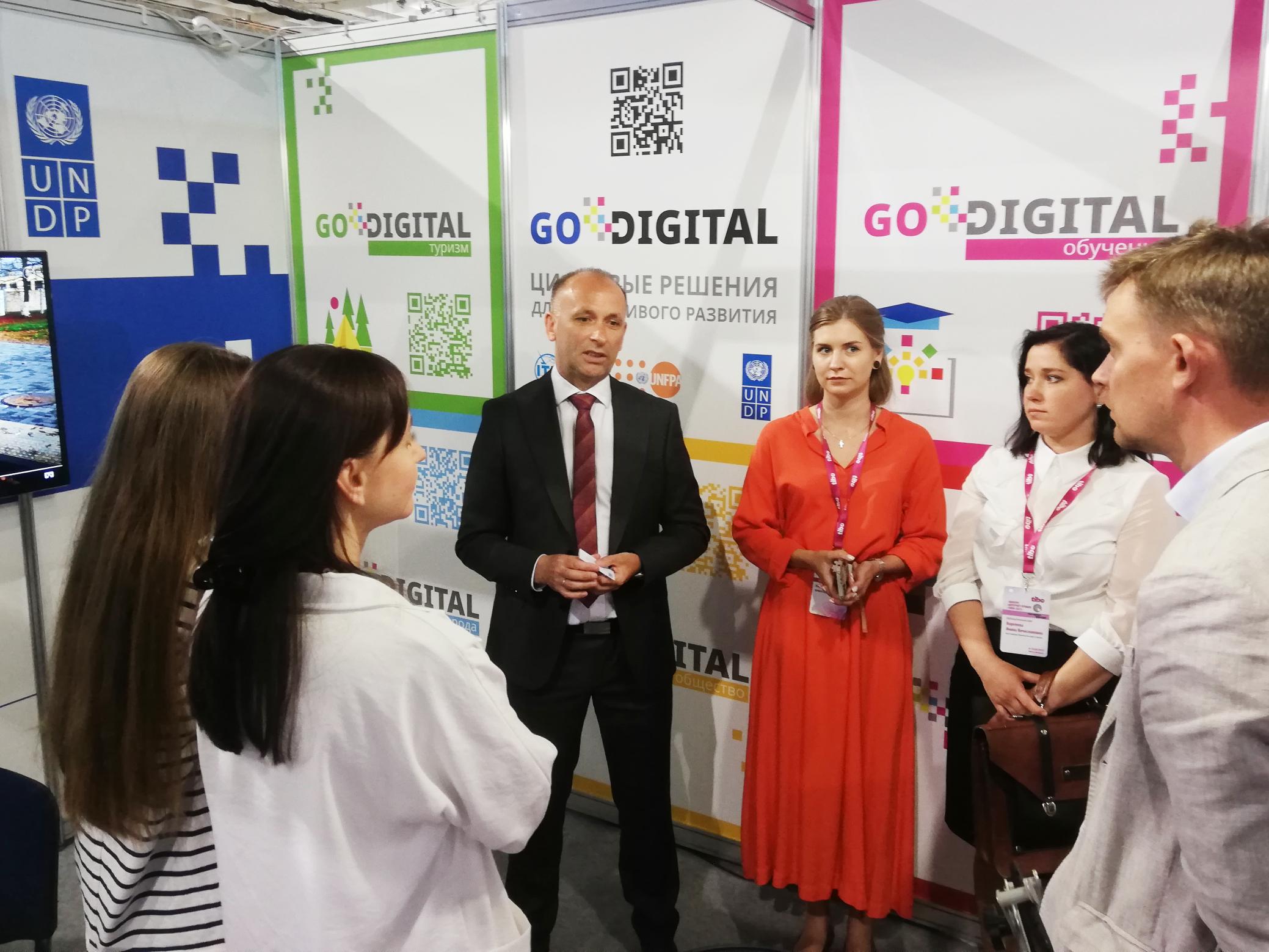Disclaimer:
Please be aware that the content herein has not been peer reviewed. It consists of personal reflections, insights, and learnings of the contributor(s). It may not be exhaustive, nor does it aim to be authoritative knowledge.
Learnings on your challenge
What are the top 5 key insights you generated about your frontier challenge during this Action Learning Plan?
1. Transition from simple Green Economy towards more Circular economy needs digitalization, more inclusion and strategic support. The country needs support in proper embedding of international experience and internal dissemination of best practices within the sensitive context.
2. Digitalization creates opportunities for vulnerable groups, but raises cybersecurity issues. Because of cybersecurity risks Digital Public Goods remain the preferred form of digital products over open source solutions in the given context.
3. Smart cities solutions have potential for growth and experiments are a proper way to persuade national partners that it worth attention. Digital platforms are complex approach that is not only scalable, but also modernizable when the community adopts it and starts thinking of improvements. So' switching to another digital solution or improving the existing within the changed needs - is the inseparable part of digital thinking for stakeholders.
4. Digital products are good in uncovering technical bareers, lack of collective design, lack of capacity that can be addressed through UNDP's traditional programme interventions.
5. Platforms organize collective work over a complex problem where multistakeholder approach is needed, like migrants/refugees, Chernobyl recovering districts or Climate.
Please paste the link(s) to the blog(s) that articulate the learnings on your frontier challenge.
n/a
Did you experience any barriers or bottlenecks when impacting the system, working on your frontier challenge respectively?
Capacity gap at the regional and local level in smart technologies for greening.
For this frontier challenge, how much of your time did you dedicate to the stages in the learning cycle? Please make sure that your answers adds up to 100%.
Data and Methods
Relating to your types of data, why did you chose these? What gaps in available data were these addressing?
Surveys - What kind of business models are best available practices for enterprises? Qualitative interviews - How many circular products can be created? Focus group - What are the most circular sectors of economy? Ecosystem mapping - Which actions of which ministries are most effectively support the circular producers and exporters?
Why was it necessary to apply the above innovation method on your frontier challenge? How did these help you to unpack the system?
Collective intelligence - collect persuasive data about raw/secondary materials flow on enterprises; Design thinking - collectively formulate priority directions of circular economy; Horizon Scanning - range the actions in tome to focus on most necessary priority actions first; System Thinking - LNOB, ensure gender mainstreaming.
Partners
If applicable, what civil society organisations did you actually work with and what did you do with them?
Belarusian Botanical Society - data partner on greening of cities, planting methods.
Innopark Children's technopark - STEM education for Chernobyl girls
Technovation - STEM education for girls
Belarusian innovative Fund - support of startups and strengthening of innovation ecosystem
If applicable, what academic partners (and related institutions) did you actually work with and what did you do with them?
National Academy of Sciences and Institute of Economy - co-creating of strategic vision of Circular economy development in Belarus up to 2025
Institute of Experimental Botany - expert support for retreat and elaboration of methods of assessment of the health of city trees.
Pinsk State University - innovation ecosystem building for Chernobyl recovering districts.
If applicable, what private sector partners did you actually work with and what did you do with them?
UNITER, ASER, FBK-Bel consulting companies - green consulting market assessment.
If applicable, what government partners (and related institutions) did you actually work with and what did you do with them?
Ministry of Natural Resources, Ministry of Economy, Ministry of Housing and Municipal Services - joint activities for Green Economy promotion
State Committee for Science and Technologies - support of startups ecosystem, joint contests for innovations support.
Relating to your answers above: who of the partners listed were new and unusual partners for UNDP, and what made them special?
Pinsk State University - innovation ecosystem building for Chernobyl recovering districts.
If applicable, which UN internal partners did you actually work with and what did you do with them?
ITU, UNFPA - promotion of digital solutions of agencies at the Republican digital exhibition TIBO'22
End
Bonus question: How did the interplay of innovation methods, new forms of data and unusual partners enable you to learn & generate insights, that otherwise you would have not been able to achieve?
Using of existing digital solutions, support of partnership discussions with data helped to engage digitalization as an enabling factor to promote variety of topics like Greening, Social support, Entrepreneurship, Startups and Inclusion of migrants/refugees, and find cross-cutting actions that contribute to couple of them. Additionally, UNDP was for the first time presented at the country level as a digital champion that have experience in digital solutions for variety of purposes, like Greening.
Please upload any further supporting evidence / documents / data you have produced on your frontier challenge that showcase your learnings.
The closing form saves automatically or via the blue "save changes" button the top left. Thank you
-


 5Gender equality
5Gender equality 8Decent work and economic growth
8Decent work and economic growth 9Industry, innovation and infrastructure
9Industry, innovation and infrastructure 10Reduced innequalities
10Reduced innequalities 12Responsible consumption and production
12Responsible consumption and production
Comments
Log in to add a comment or reply.